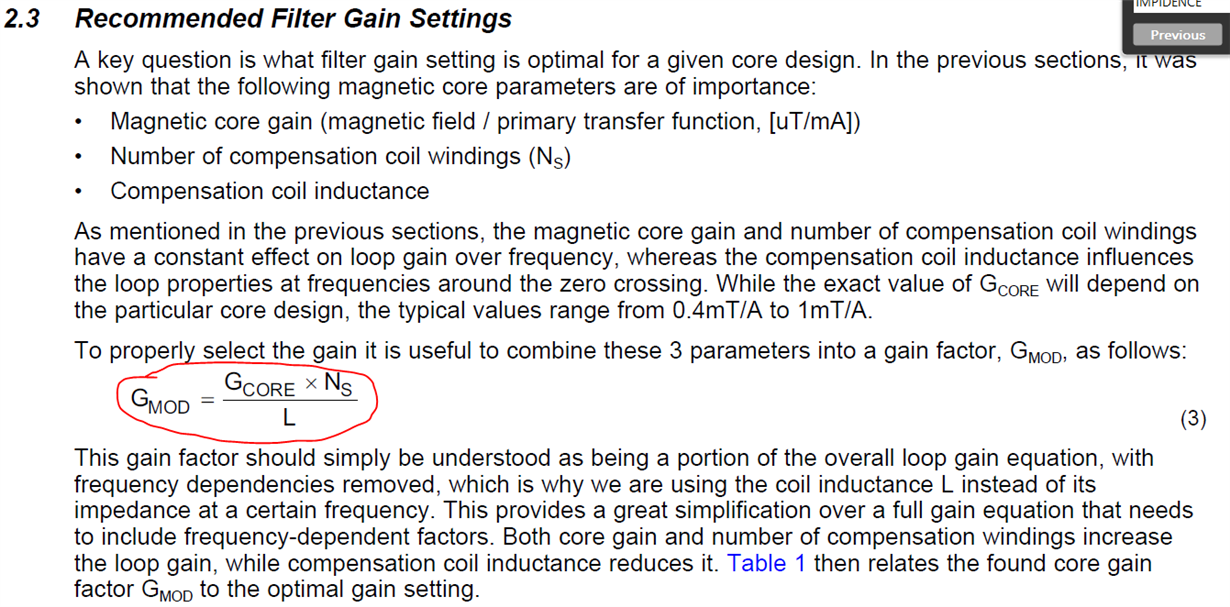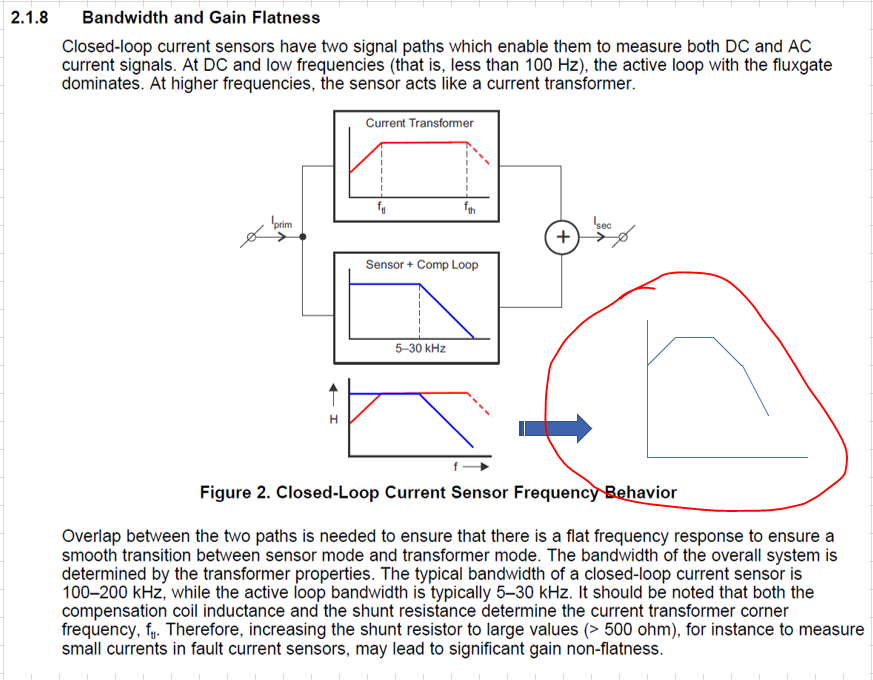Dear TI engineer,
When I study the DRV421's document SLOA224, I found a parameter Gmod=Gcore*Ns/L in section 2.3 like below. Actually, I can't understand why we use this Gmod and what is it mean.
Another question is, when I study the section 2.1.8 Bandwidth and Gain Flatnees in document SLOA223. It says there are two signal path from Ip to Is. My understanding is that, the total gain equal to the summation of both path, because both path are working over all frequency range. But if this is correct, the gain curve could not be flat while flat Gain is our aim.
There are many questions, it will be appreciative if you can explain previous questions.
Many thanks.



